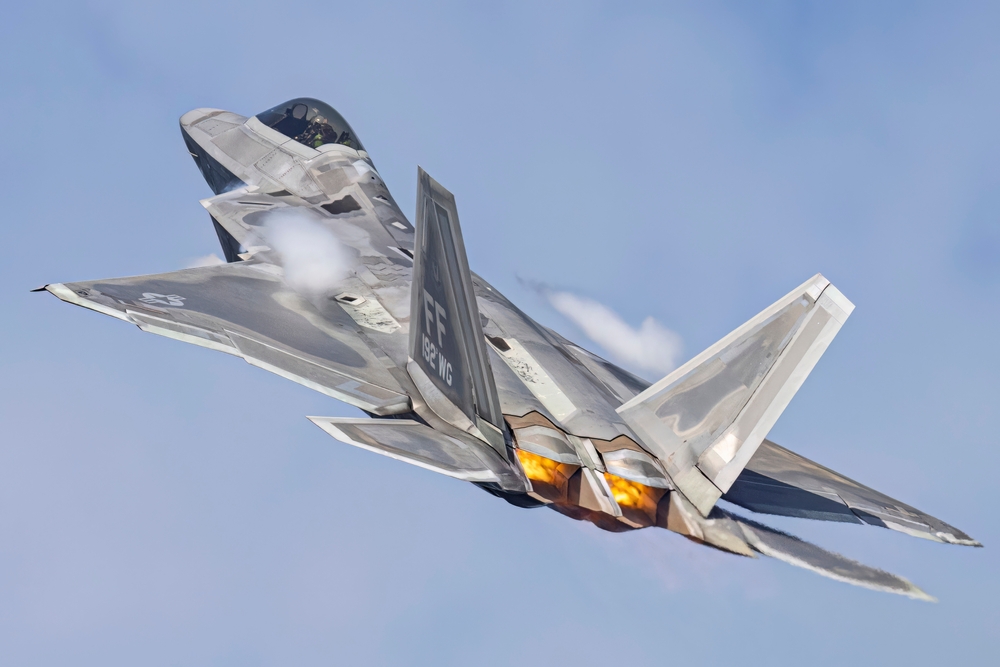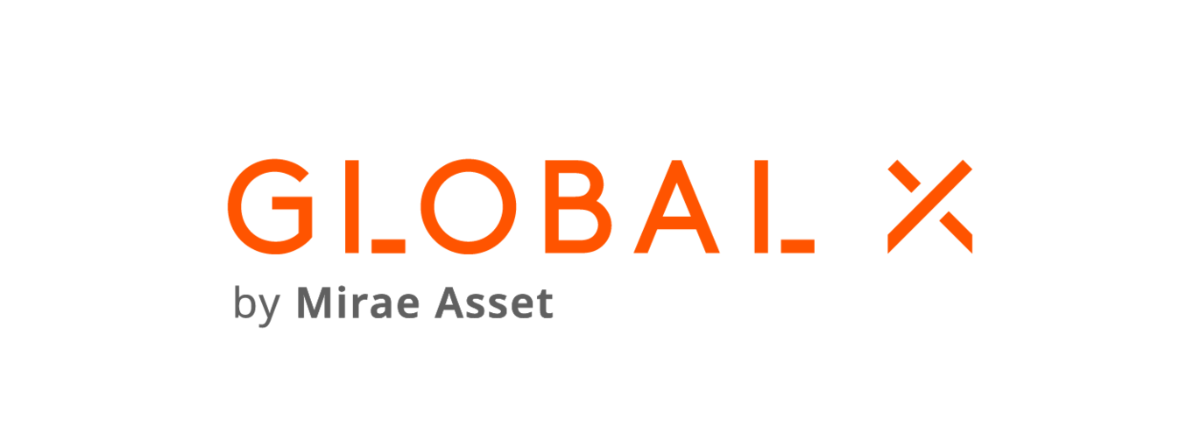A late entry to the defence ETF arms race sees Global X debut Europe's most pure exposure to the sector to-date.
The Global X Defence Tech UCITS ETF (ARMR) listed on the London Stock Exchange, Deutsche Boerse, Euronext Milan and SIX Swiss Exchange last Thursday and physically replicates the Mirae Asset Defence Tech index of military hardware, cybersecurity, robotics, AI and big data companies.
The ETF is comprised of 34 constituents and carries a total expense ratio (TER) of 0.50%, both of which are middling within Europe's defence ETF roster.
Given ARMR's name, an investor would be forgiven for imagining it overlaps more closely with thematic approaches to capturing the industry, such the $1bn VanEck Defense UCITS ETF (DFNS) and $463m HANetf Future of Defence UCITS ETF (NATO).
Instead, the ETF is arguably more aligned with a more traditional defence exposure such as the $91m iShares Global Aerospace & Defence UCITS ETF (DFND).
While, at the time of writing, the ETF awards a top weighting of 12.2% to big data specialist Palantir, ARMR then does a better job than its peers of providing exposure to the key players within defence.
This is illustrated by the fact it captures all but one of the top 20 defence companies by gross revenue generation - excluding Chinese companies and those with low revenue purity - according to Defense News. Its next best rival, DFND, captures 13 of the top 20.
While NATO provides a more holistic view of defence exposure – capturing the likes of cybersecurity, communications and biometric scanner specialists – its ESG overlay also sees it exclude UN Global Compact violators, some of which are among the largest operators in the defence sector.
This means NATO awards top allocations to the likes of Crowdstrike and Palo Alto, whereas ARMR weights heavily to Lockheed Martin, RTX and Northrup Grumman.
DFND, meanwhile, may offer a seemingly more vanilla defence exposure; however, its approach of capturing the GICS defence sector means it focuses on gross revenue rather than revenue purity, meaning it allocates some of its largest weights to aircraft manufacturers Airbus and Safran, both of which derived around 20% of their revenues from the defence sector in 2023.
Taking a different approach, ARMR’s underlying index only captures companies with at least 50% revenue attributable to one or more defence subthemes, which does not include manufacturers of civilian firearms or commercial aircraft.
In sum, Global X’s new offering may not be a tech-based defence exposure as future theme investors might expect. What it does provide is the highest beta exposure to traditional defence names of any ETF currently available in Europe.
Stat attack (as of 18 Sept) | DFNS | NATO | DFND | ARMR |
AUM | $1bn | $463m | $91m | N/A |
TER | 0.55% | 0.49% | 0.35% | 0.50% |
Inception | 31/03/23 | 03/07/23 | 01/02/24 | 12/09/24 |
Constituent count | 28 | 49 | 56 | 34 |
Six-month return | 14.2% | 7.7% | 10.3% | N/A |







